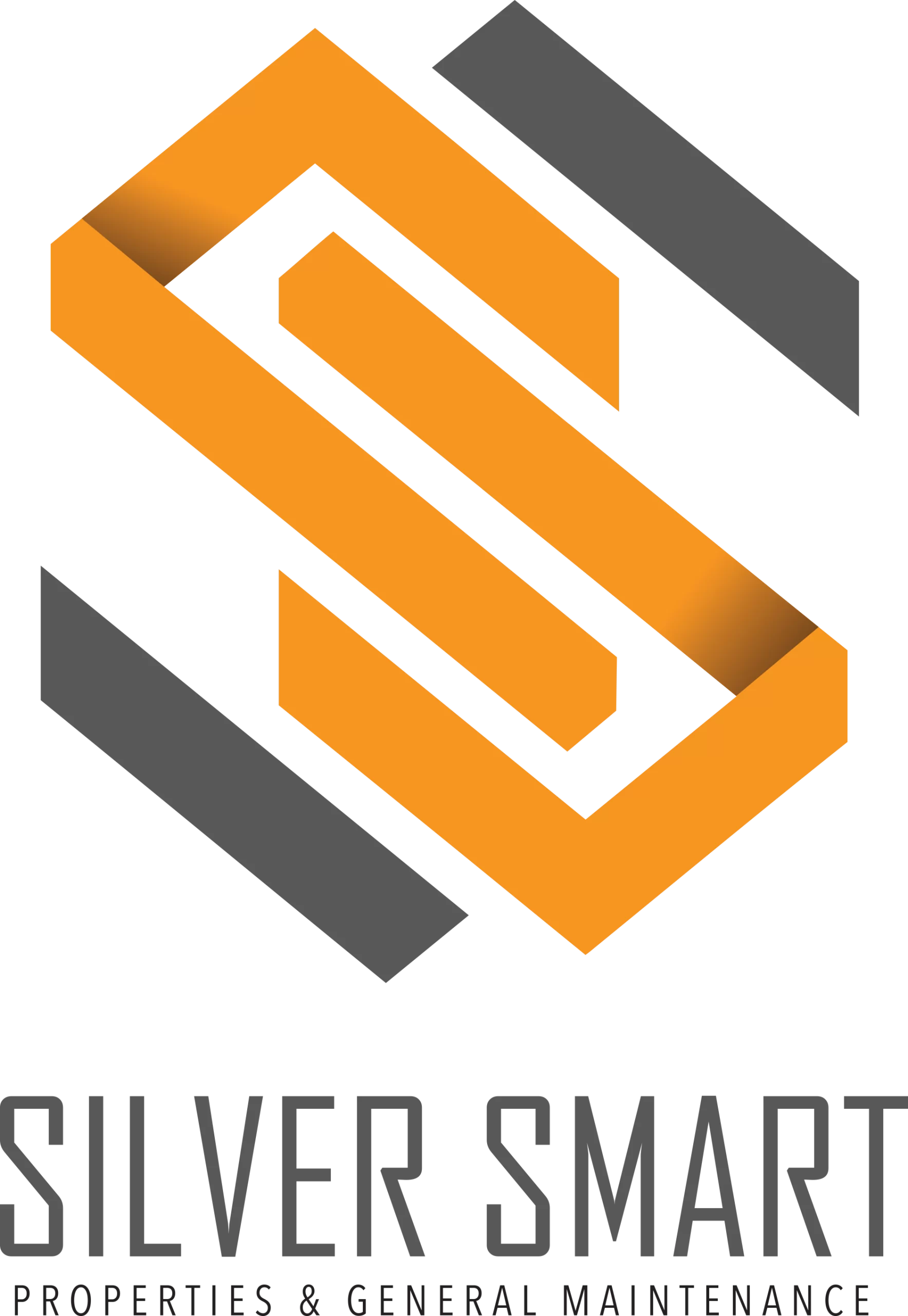DESIGNING THE FUTURE WORKPLACE
As countries and organizations grapple with the obstacles and consequences of globalization, attention shifts to calculated actions that can achieve greater outcomes with less resources—including labor, time, space, equipment, materials, techniques, and financial capital. It is obvious that the focus will be on the workplace of the future, a topic that interior designers have professional authority over. Interior design is going to have a big impact on how workplaces develop future. Interior design experts advise giving careful thought to factors other than just optimizing space when planning the design of future spaces, such as the effects of new technologies on businesses, people’s needs changing over time, greater variety, better systems and work techniques, and other productivity-affecting factors. The main difficulty facing interior designers nowadays is incorporating these factors into their work. 1 .Make innovation a priority. Innovation, disruption, and forward momentum are the main priorities of companies. Decision-makers acknowledge that the world is changing quickly and that these changes necessitate flexible answers that can be adjusted as needed. For this reason, we are creating flexible workspaces that encourage experimentation, prototyping, and learning in the workplace. The meeting room is giving way to workshops and facilities as the hubs of innovation and idea development. 2 .Elevated technology, individuals, networks, and interior design In essence, technology may be viewed as a dynamic force that fosters interior design inventiveness. User response becomes the most important factor to consider when creating an interior design as technology advances toward higher efficiency. The demand for more frequent human engagement may arise from new technologies, opening the door for open office solutions that encourage unfettered interactive communication. Since open solutions are less expensive and have been shown to improve employees’ physical and mental health, they are often preferred. More significantly, the advantages have been proven to trickle down to the much-needed boost in employee productivity for the companies. As a result, it is critical for interior designers to understand their clients’ inclinations on how to steer their businesses going forward. The advantage for the interior designer is to be prepared to offer appropriate advice, having thoughts and knowledge about the entire spectrum of advantages that the open system may offer. 2 .Creating places that are easily adjustable for activities Employees nowadays are more adaptable than ever before, and departmental boundaries are thinning. The days of discussing real estate and interior design only with the C-Suite are long gone. We will continue to collaborate with HR, IT, and other relevant parties to take into account the diverse character of an organization’s staff and the instruments required to support their responsibilities. Finding a range of workspaces, such as curated neighborhoods, cafés, lounges, and patios, promotes both individual and team collaboration. These areas can be reconfigured to meet an organization’s and its employees’ needs in the future, even beyond what we can now predict. 3. GREEN Interior DESIGN It’s not just nice, but also essential to use green interior designs. It connects not just to the environment and its hue but also to sustainability’s broader implications. There definitely are a lot of methods to include sustainability into the design of the workplace of the future, like integrating real plants as design components, solar technology, natural lighting, ventilation, and lighting, as well as employing systems and goods that follow green standards. 4. TODAY’S FUTURE These are only a few of the crucial factors to take into account while creating the workplace of the future. Even though these elements rank highest on the interior design list, it would be a prudent first step to incorporate human connection, developing technologies, work processes, optimum spaces, and sustainability into this future workplace plan.
DESIGNING THE FUTURE WORKPLACE Read More »

